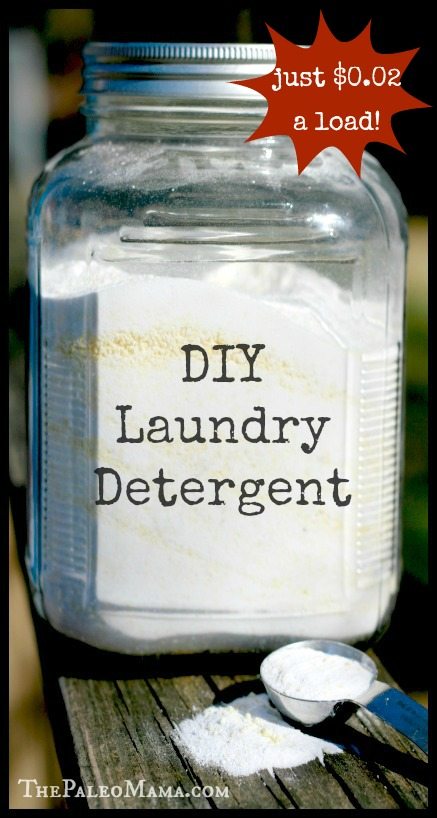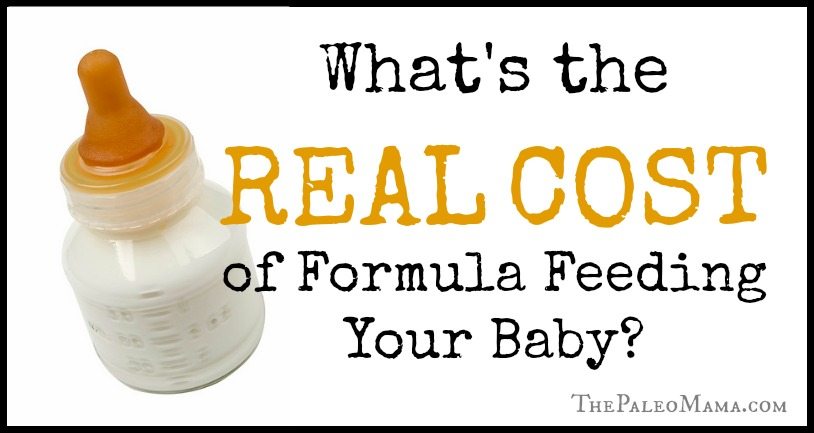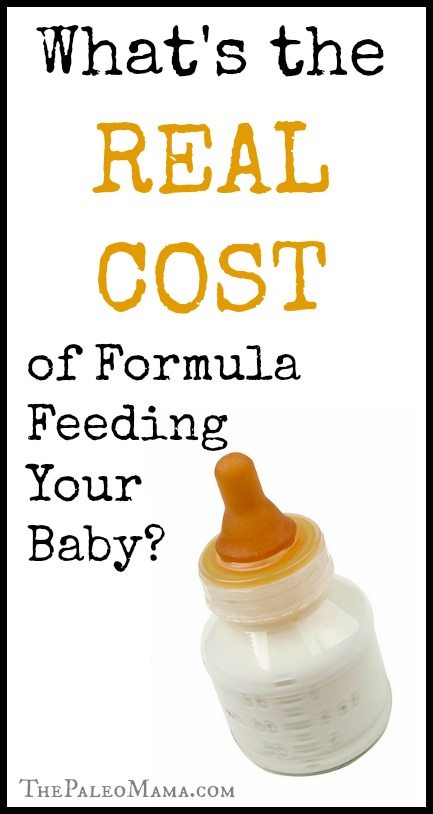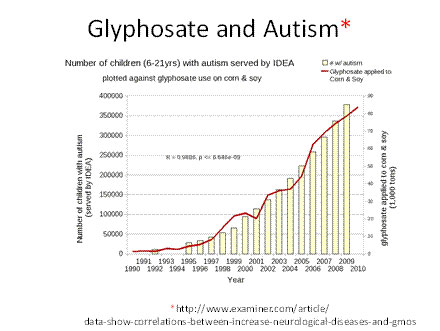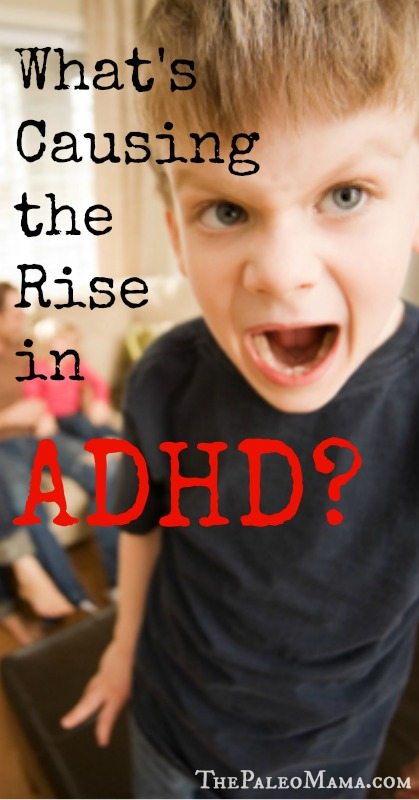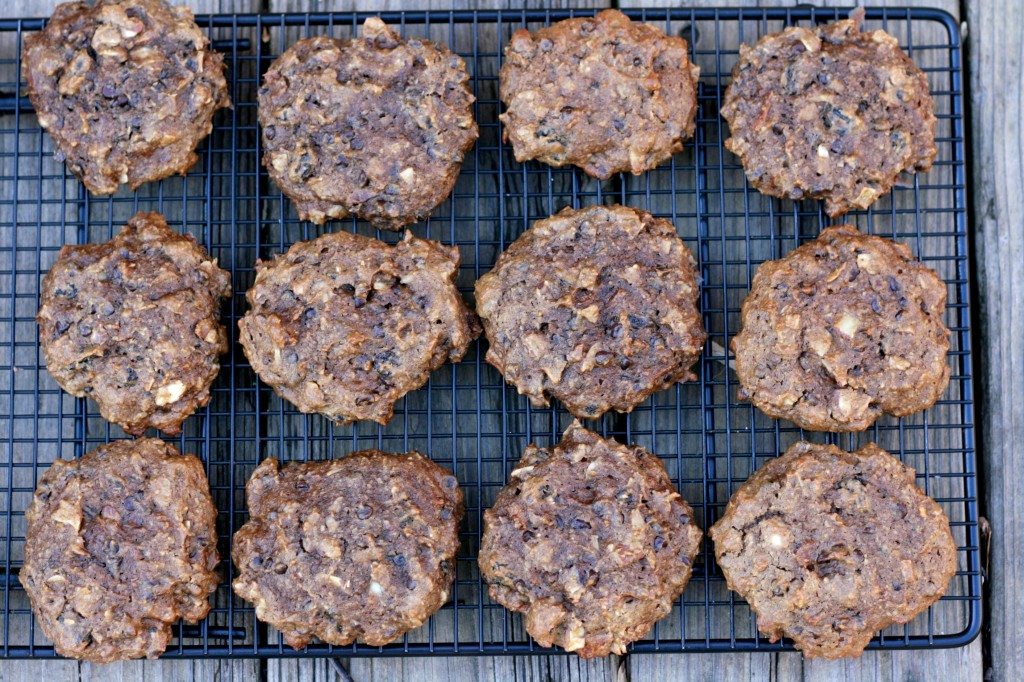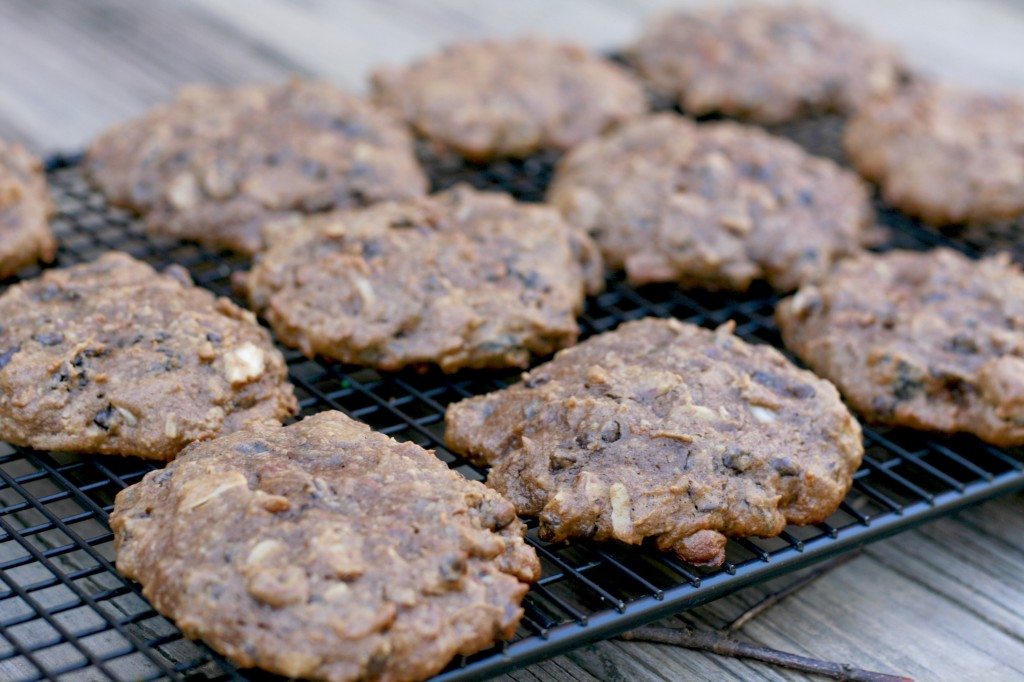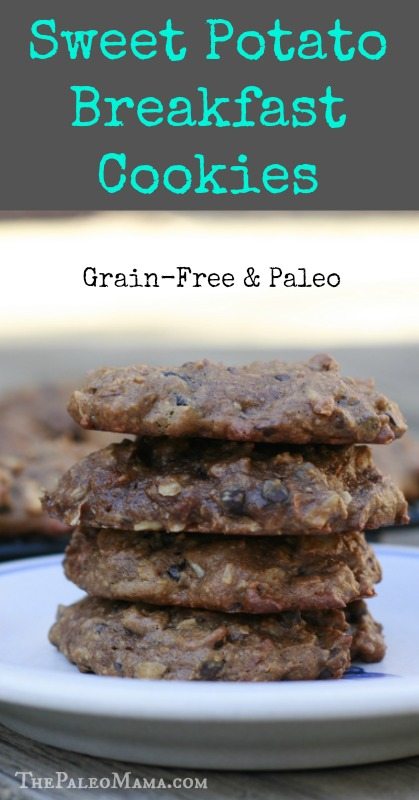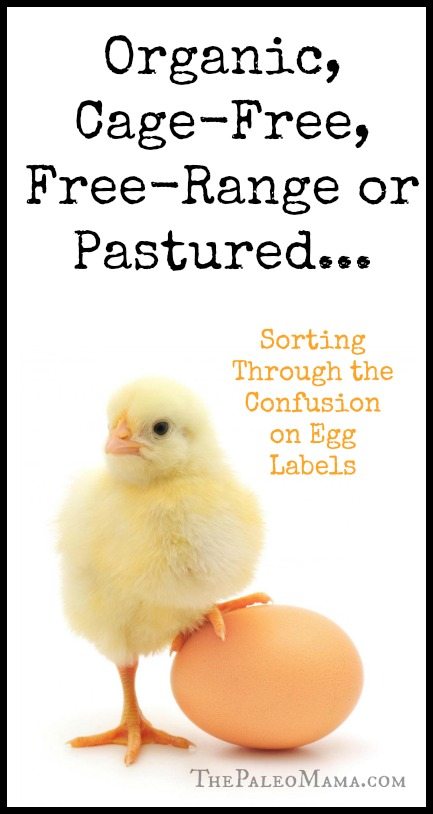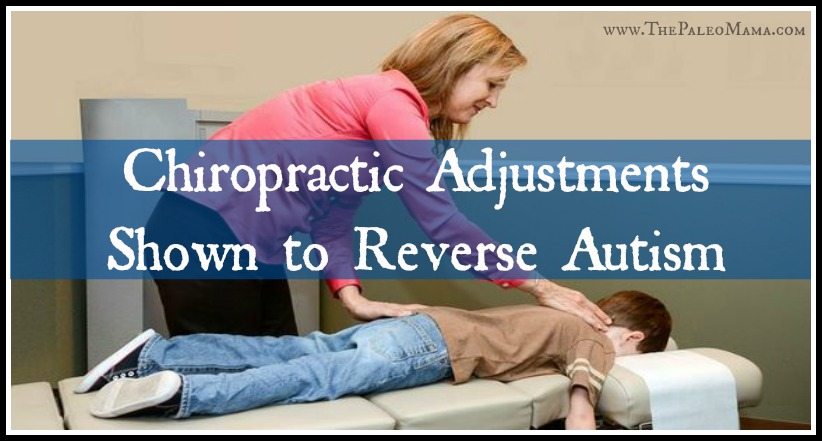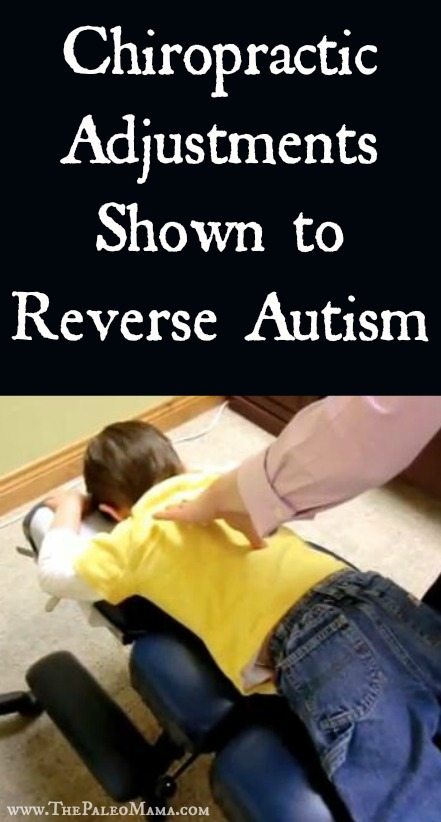I’ve been making my own laundry detergent for years now. I was so scared at first to switch over to natural-homemade detergent because there was this mindset that store-bought is best…store-bought smells better…store-bought makes my clothes fresher. However, when we did our budget makeover, I decided to take homemade detergent into my own hands and come up with a DIY laundry detergent recipe that saves a TON of money.
You can see the cost breakdown on the bottom of this post, but it comes out to less than $7 to make a batch of this and each load is under $0.02! That is crazy! When you use Tide you are spending about $0.12 a load!
I’ve gone back and forth about using Borax. However, after asking my Facebook fans what they think a few weeks ago, and reading up a little on it on the internet, I’ve decided to keep using it for laundry uses. I’ve included essential oils in this recipe, which is optional. I love the smell and the way essential oils make my clothes feel.
DIY Laundry Detergent
INGREDIENTS:
- 3 Cups of Borax (where to buy)
- 3 Cups Washing Soda (where to buy)
- 3 Cups of Baking Soda (where to buy)
- 2 Bars of Soap (like this one or this one) or Fels Naptha (ingredients are questionable though). I sometimes throw in a stain stick too!
- 30 Drops of Essential Oil (where to buy) – I use a 50:50 mix of wild orange and lemon, but you can add whatever you like.
DIRECTIONS:
- Grate the soap with a cheese grater.
- In a large bowl, mix the borax, washing soda, and baking soda.
- Toss the grated soap into a food processor. Now, add about 1 cup of the powdered mixture from the bowl. This allows you the food processor to process the soap into smaller pieces without sticking to the blades.
- While the food processor is on, drop the essential oil into it. This allows the essential oil to blend into the soap.
- Take the grated soap mixture out of the food processor and add it to the large bowl.
- All done! Add 1-2 tablespoons to each load of laundry! I, also, add about 1/4 cup of white vinegar to the load as a fabric softener.
- Makes almost a gallon.
COST Per Load:
I’m gonna break down the cost for you so you can see how cheap this really is. If you buy the ingredients from your local store, you will get it much cheaper than ordering online.
- 3 cups of Borax = $1.20
- 3 cups of Washing Soda = $1.12
- 3 cups of Baking Soda = $1.00 (we buy 50lbs at a time from a local feed store)
- 2 Bars of Soap = $2.00
- 30 drops of Essential Oil = $.05 per drop = $1.50
TOTAL COST PER BATCH = $6.82 !!! …or $0.02 a LOAD!!!
CLICK HERE to Pin this Recipe
